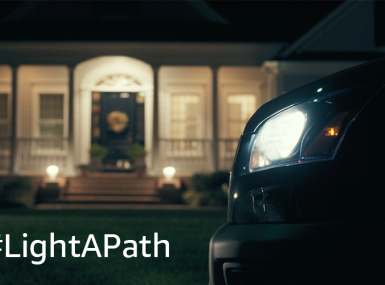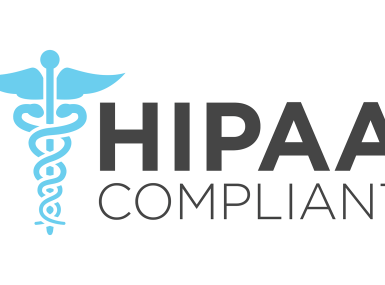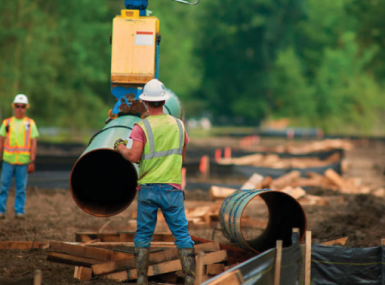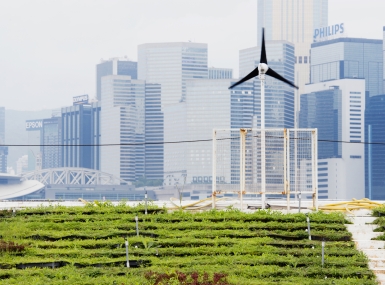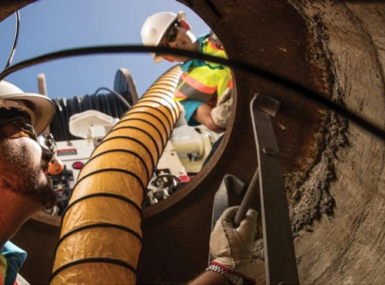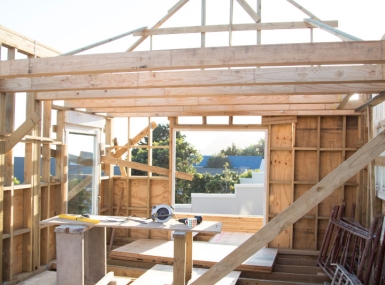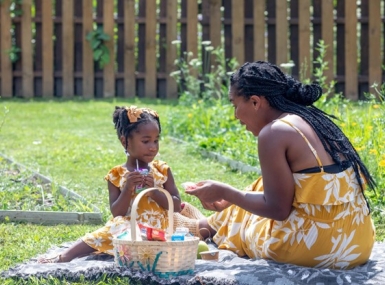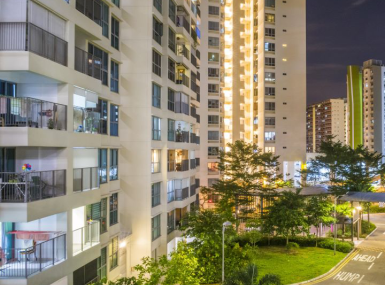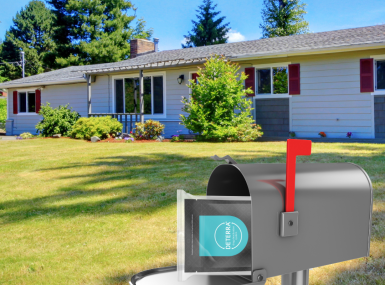Adaptation and Flexibility Keys to Success as Housing Shifts to ‘New Normal’
Upcoming Events
Related News
From Our Partners
This post is sponsored by our partners at NAHB.
The 2020 global coronavirus pandemic has forced a fundamental shift in all aspects of life. The homebuilding industry is working hard to do its part to shore up the economy and continue to provide housing across the spectrum. But “business as usual”’ is a thing of the past; we must all forge a new normal. As NAHB members work through the pandemic, meet with local regulators and talk with clients, they have identified a number of trends and possibilities for what that new normal might look like.
Community Scale
Shift away from large, dense urban areas
The bulk of new building is already decentralizing away from high population centers to middle-tier cities like Frisco, Texas; Cary, North Carolina; and Centennial, Colorado. The pandemic is fueling this flight, as consumers seek to avoid large crowds and have better access to open space and single-family home choices. Further, with the rise of telework, some workers no longer need to be in close proximity to offices or transit, so have more flexibility in where they call home.
Reimagining new uses for existing retail space
The shift in how we obtain goods and receive services creates opportunities for adaptation and reuse of buildings and parcels in many communities. For example, COVID-19 has accelerated the shift to online retail, which is leading to an increasing number of vacant strip malls and other commercial and retail spaces. These spaces could be particularly attractive for new home development because many of them are within areas that already have the infrastructure needed to support residential uses. While it may take creativity and flexibility to reimagine new uses, these types of conversions could be a useful tool toward solving both the lot shortage puzzle and the affordable housing conundrum.
Increasing focus on the need for attainable housing
The economic outlook for many families has changed significantly and reemphasized the need for housing that is available across the economic spectrum. Traditional single-family zoning has contributed to housing affordability challenges in the past and examining policies and practices will be essential to improving access. Continued updates to zoning policies, codes and other regulations can facilitate and promote more affordable and missing middle housing. Many single-family for-rent communities and affordable dwelling units (ADUs) were helping to address attainability prior to the pandemic; demand for these types of housing is growing.
Home Design Trends
Personal/private outdoor space
The desire for private outdoor space is growing and is especially evident in areas where community amenities have been shut down or limited. Multifamily living is particularly hard hit by these closures, and residents are finding enormous value in personal balcony/patio spaces. For single-family homes, more extensive outdoor spaces, such as kitchens, fire pits, pergolas and pools are being requested as people spend more time at home. Counties with zoning provisions for these types of amenities - including variances to add them to existing housing stock – may attract homebuyers more easily.
Flexible spaces in homes
Functionality is at the forefront of home design, and as more time is being spent at home, residents are experiencing which parts of their homes function best and which fall short. In an effort to keep costs down and maintain housing affordability, designers are working to carve out multiuse spaces in plans without adding to the overall square footage of the home. To do so, they are creating multifunctional or transitional spaces (commonly called “flex spaces”) that can be transformed from an office to a den to a guest room, for example, through easily-moved furniture, tucked away storage, partition walls and more. Residents are able to use the space as needed and buyers are not stuck with outdated floor plans.
Healthy, comfortable, efficient homes
People spend approximately 90% of their time indoors. In a pre-COVID-19 world, much of that indoor time was spent away from their home at work or play. Now, many people have spent nearly all their time at home for months, giving them the insight to notice opportunities to improve the quality of living for their families. Being home most of the time highlights inefficient energy, ventilation and plumbing systems as well as raises consumers’ awareness of the indoor air quality and general comfort level within their home.
Architects and designers are considering the best products to include in homes that offer anti-microbial properties, require limited maintenance and don’t negatively impact indoor air quality (IAQ), so healthy living becomes “built-in” to the value of the home. Comfort, efficiency and health were already trending prior to the coronavirus outbreak and are anticipated to become standards on home buyers’ ‘must have’ lists.
Conclusion
There continues to be many areas of uncertainty, both from the pandemic, as well as what it means for the future. But there are a number of things we do know:
- Local governments play a key role in defining the new normal;
- Maintaining housing attainability must be the cornerstone to any efforts and is needed now more than ever;
- Numerous opportunities exist at all levels of government to learn from the pandemic and find creative solutions to ensure residents have access to safe, decent and affordable housing; and,
- By working together, NAHB and NACo can make an even bigger impact on local communities across the country.
NAHB has numerous online resources that counties may find helpful, such as:
Post Sponsor




